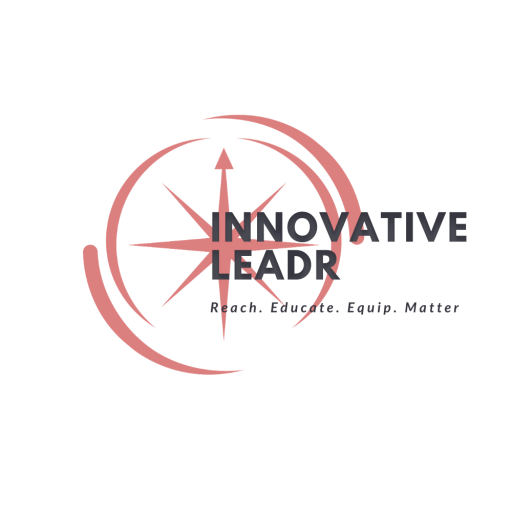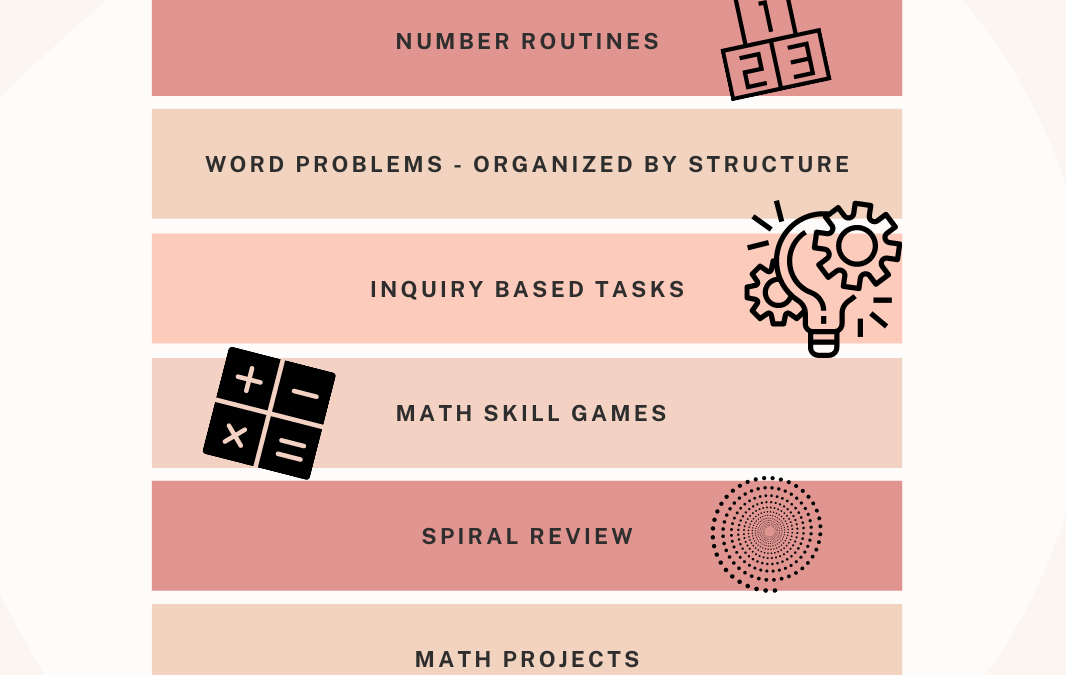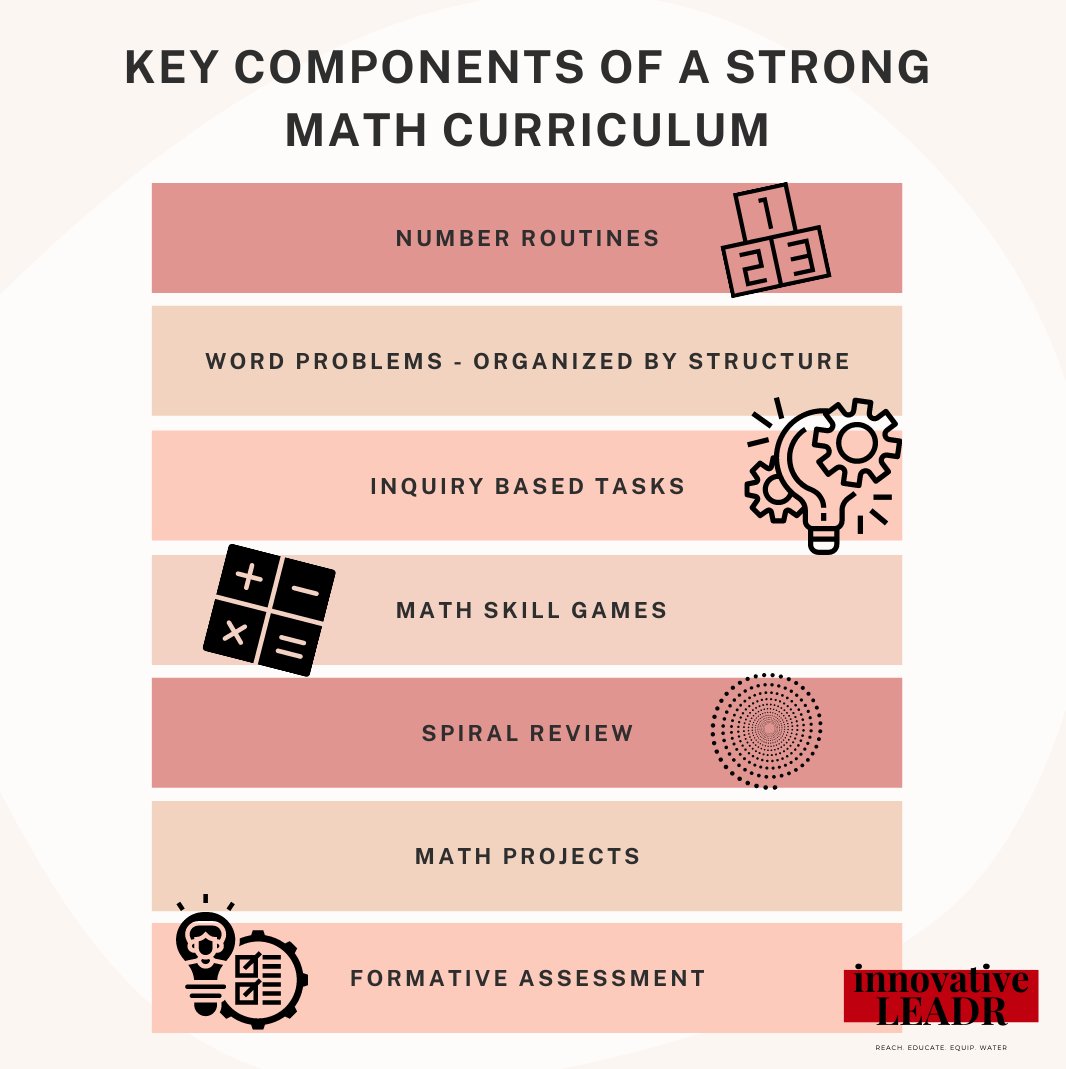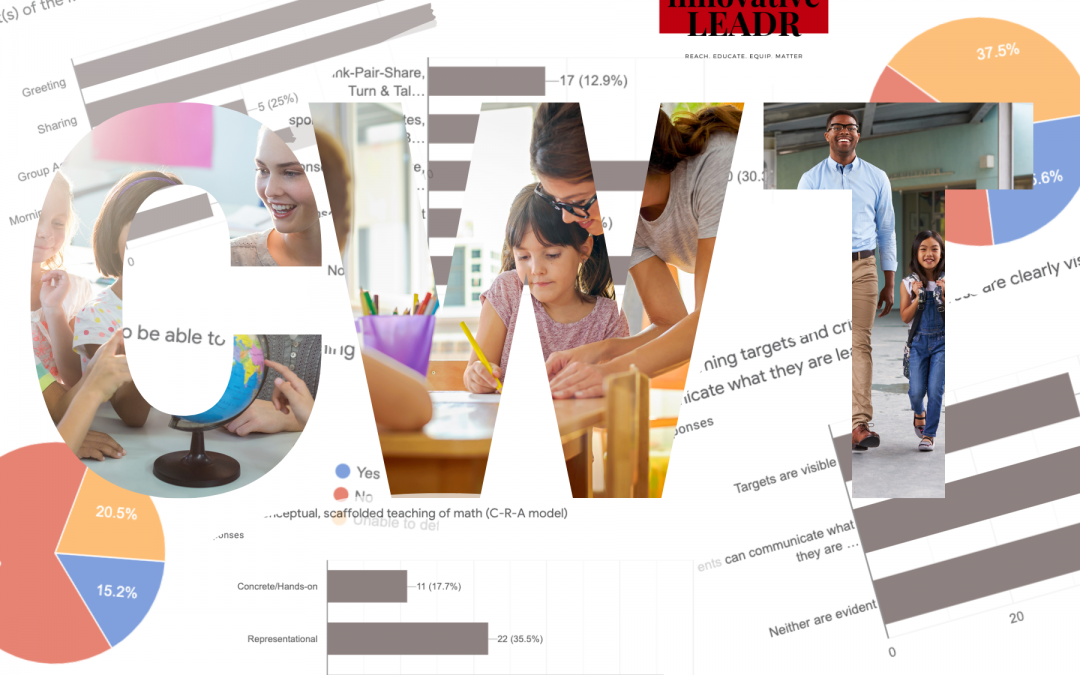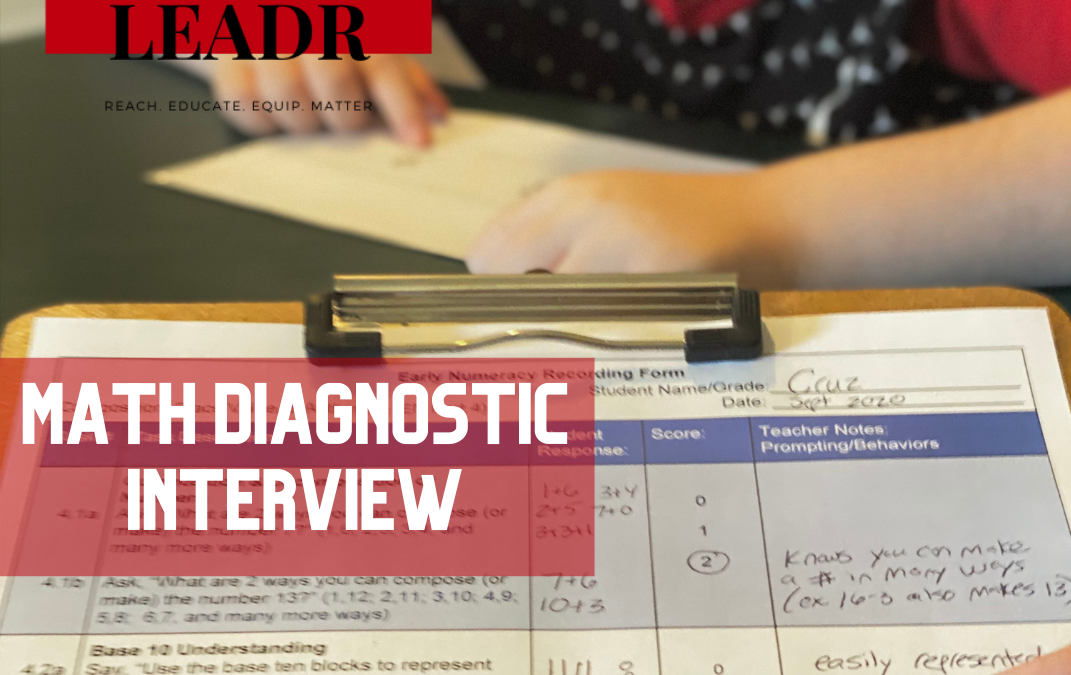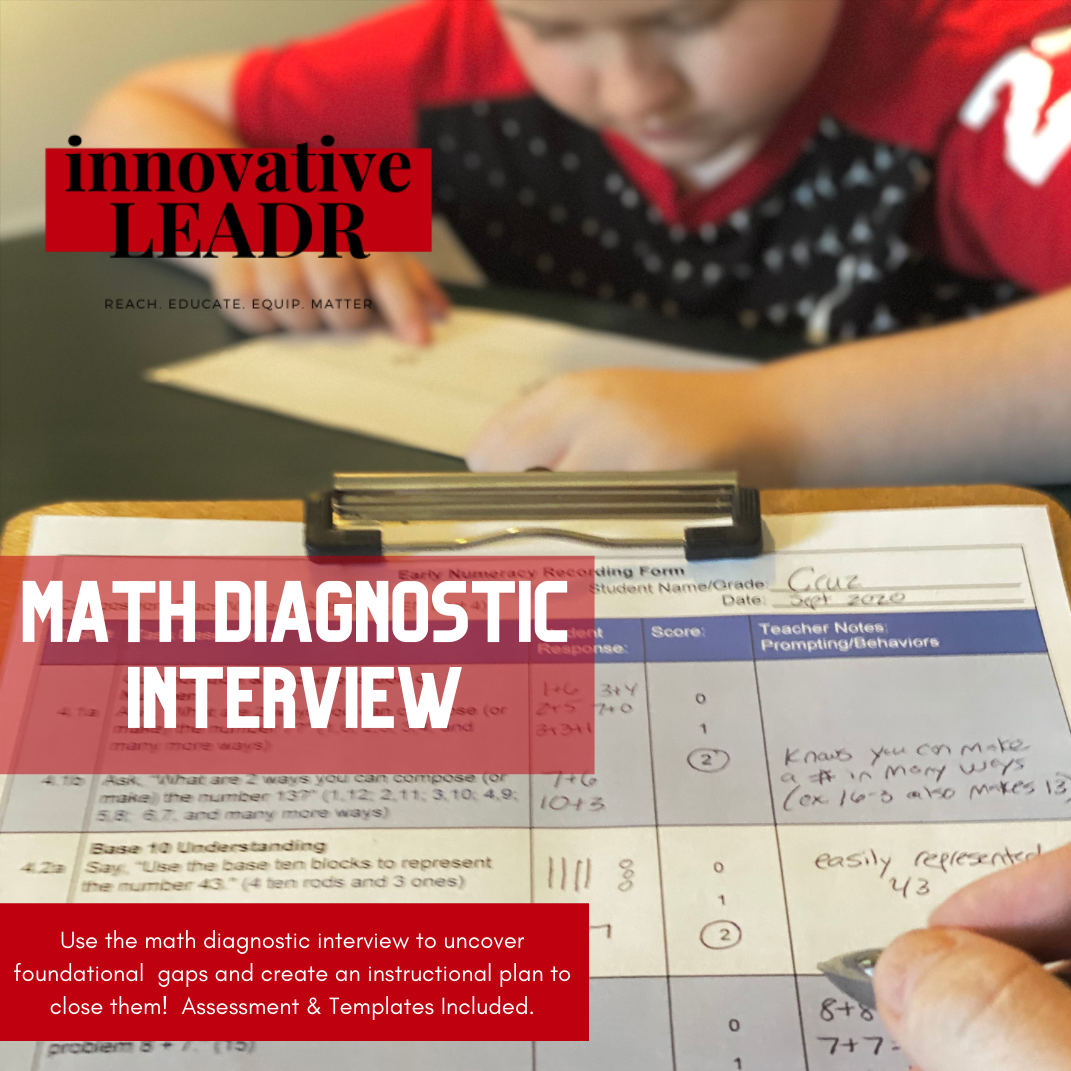7 Essential Components of Math Instruction: If you had extra money as a school to invest in teaching math, what would you buy?
Written By: Allison Kiser
What to look for when choosing a math program or math curriculum for optimum student learning. Educators, teachers and schools need an effective method to pick the best math program.
A friend and colleague of mine recently asked me a great question: If you had extra money as a school to invest in teaching math, what would you buy?
Her question forced me to think and reflect about math curriculum and instruction. What would I buy that would help teachers teach math? What would give the biggest bang for the buck?
My friend asked for my thoughts about a specific program that a teacher at her school wanted to invest in. When I investigated the program, I realized that the program used gimmicks and memorization as a key strategy to teach children how to solve computation problems. It is not an effective way to spend valuable time with students. So I first started thinking about math programs because the teachers at her school were looking into programs.
When I look for a math program for any grade level, I want to see the following components. Unfortunately, I have not yet come across any program that encompasses everything that I want!
1) Number Routines/Number Talks- Students develop computation and reasoning skills by generating and discussing their strategies with each other. This brief instructional routine should be implemented everyday to see the greatest gain in number sense.
2) Word Problems- When the math is put in context, students are able to see the connections between the math skills and develop problem solving and reasoning skills. We need to help students make sense of problems and persevere in solving them (yes, the 1st of the 7 mathematical practices!). I want my students to read a problem and ask themselves questions like: What is the question? What do I need to solve the problem? Does this make sense? I want them to be able to tackle a problem, look for entry points to the solution, and not be intimidated by the structure of the problem. So, we need to give students a lot of supported and independent word problem practice.
3) Inquiry-based Tasks- I love to use a number string or word problem as a jumping off point for students to investigate patterns, develop rules, prove theories, and add to their math strategy boards and math tool boards. I like my students to feel and play with the math, so I use a lot of different math manipulatives, such as unifix cubes, base ten blocks, cards, dice, write on number lines, fraction tiles, measuring devices, balances, rekenreks, counters, money, magnetic ten frames, 2d shape tiles, and cuisenaire rods. It is so important that students are constantly making connections between concrete, representational, and abstract math. My best math lessons are when students are working with concrete manipulatives, representational drawings or number lines, and abstract symbols throughout the entire lesson and making connections between these components to understand the math concepts. (FREE Math Strategy and Math Tool JamBoard)
4) Skill-Specific Math Games- Math games are key! Students can learn and practice the specific concept in an engaging way. If the game is at their level and is fun, the students won’t even realize they are learning! You can do a lot with cards and dice (it doesn’t have to be a complicated game)! After every game my students play, I have them reflect & connect on the strategies and tools used to play the game, so that I can help make the learning visible to them.
5) Spiral Review- Students need continuous practice of learned concepts. As they gain new learning and understanding throughout the year, students will make connections with old learning. I also want to make sure my students retain their knowledge to build on new concepts. This may look like 5 questions each day of math concepts they have already learned, either as a warm-up, a center, or homework.
6) Math projects- Math projects are fun and put math in context. It’s important for students to apply their knowledge, reasoning, and make connections between interwoven math concepts. Projects can also help students see the answer to the question, “when will we use this in real life?”
7) Formative Assessments- I need data! I make a lot of observational notes about my students’ thinking during my math lessons, but I also use exit cards and end of unit quizzes. I need to know where the students are in their continuum of understanding of the math concepts at all times. The exit card can simply be 1 question where the student must solve the problem and justify their thinking.
After thinking about these key components of a math program, I returned to my friend’s question: If you had extra money as a school to invest in teaching math, what would you buy?
I thought about another friend and colleague of mine, Janna Sells, who says “invest in people over programs.” The most important component of math curriculum and instruction is the teacher! So by the end of the conversation, my friend and I were discussing giving the teachers collaborative time to dig into these 7 components and discuss and determine how they fit into their math classrooms. We discussed giving specific math training to teachers on implementing one of these components that they felt they needed more information for better implementation. Let’s invest in our teachers and not just quickly buy a math program.
So if you have extra money as a school to invest in teaching math this year, what will you buy?
Do you need support in implementing strong math PLCs in your school? Call us or send us a message. We’ll equip you with the tools you need to have strong math teachers without spending a fortune on subpar math curriculums.


